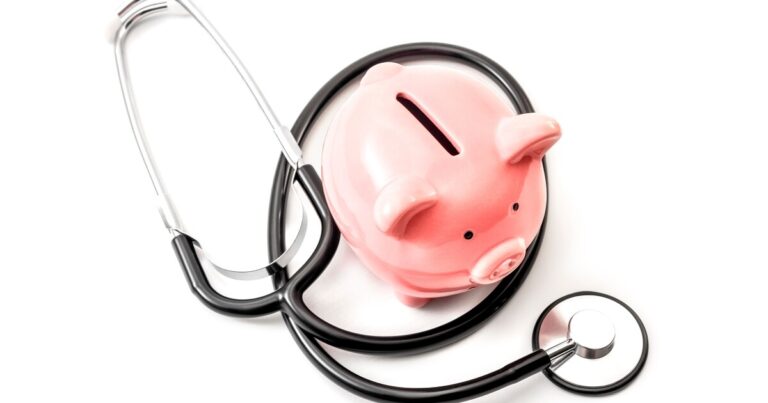Victor Moussa – stock.adobe.com
THE
The OCC recently published a
This comes as consumer confidence in U.S. banks continues to fall significantly, with a new
Dozens of banks, credit unions and fintechs have been experimenting with measuring financial health for more than five years, largely through periodic customer surveys, and a small but growing number have
Acting Controller Michael Hsu
“Imagine if there were clear, objective measures of consumer financial health,” Hsu said. “… Financial product offerings to consumers could be better tailored to customers’ needs. … Banks that support their customers’ efforts to improve their financial health would improve their relationships with them and demonstrate that they truly support them and are trustworthy.”
Banks play an important role in their customers’ financial lives. They could be even more effective partners if they had a simple, objective, and accurate approach to taking their customers’ temperature, so to speak, and knowing what the equivalent of a fever looks like. As the Financial Health Network has long said, and as Hsu has repeatedly said, what gets measured gets managed.
The OCC defines consumer financial health similarly to the Financial Health Network: having stable day-to-day finances, resilience to shocks, and security for the future. The three vital signs identified by the agency—positive cash flow, a liquidity buffer, and on-time payments (or an investment-grade credit rating)—help measure customers’ financial health. In addition, the agency has suggested a benchmark for each indicator. For example, to measure the presence of sufficient liquidity, the agency suggests a threshold of $1,000 in available funds. These benchmarks are expected to evolve and may differ for different customer segments based on the research and insights banks undertake when implementing the vital signs.
The recommended measures are based on dozens of conversations with bankers, consumer advocates, researchers and others. Hsu and the OCC urge banks to test them, share their learnings and continue to refine them so that they are both easy to measure and an effective signal.
The Vital Signs initiative builds on the Financial Health Network’s efforts to jumpstart the financial health movement by engaging with more than 100 organizations to measure the financial health of their customers and employees. Some, like
Beyond determining the best measurement system, banks need to develop the “prescriptions” they will offer their customers based on what they learn from the data. While banks can’t control the macroeconomic conditions or life events that contribute to their customers’ financial health, they can offer a range of products, solutions and tools that can help their customers manage their finances in good times and bad.
For consumers with negative cash flow, banks may not be able to create money, but they can offer tools that will help them understand their spending and even reduce it — for example, by finding and eliminating zombie subscriptions, or by informing customers of late fees they are incurring and offering other ways to avoid them.
Similarly, for those who do not have sufficient cash reserves, banks have a multitude of options to help customers.
I applaud the OCC for encouraging banks to change the way they think about their ultimate goal, which is to help their customers achieve financial health rather than to offer financial products. If financial health is what really matters, it is time to measure it.


